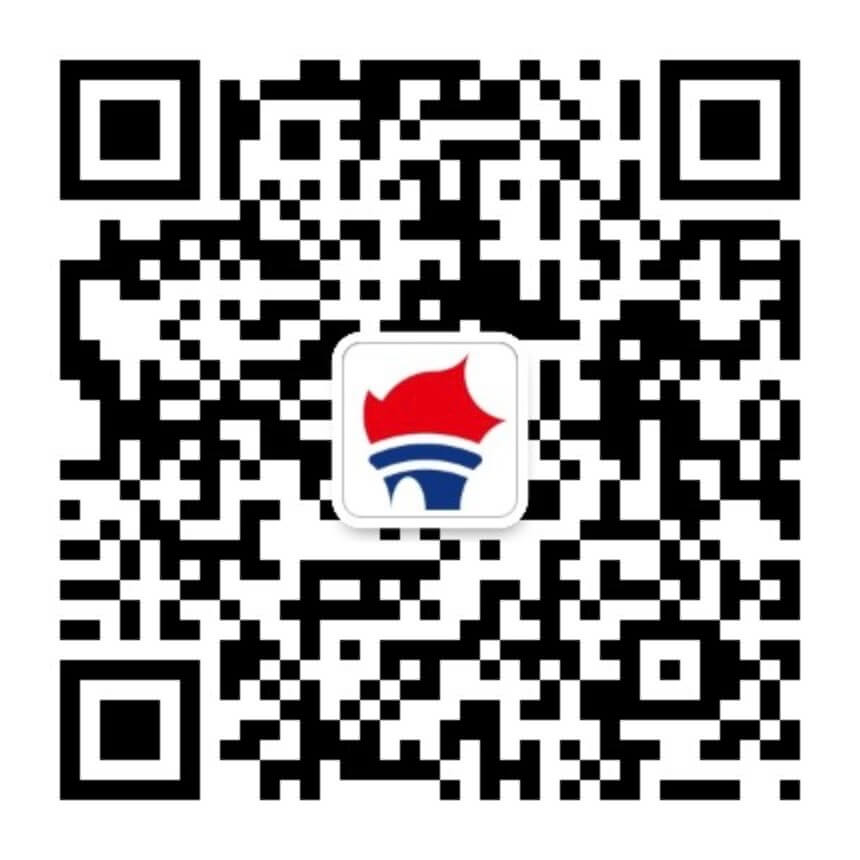来自美国波士顿

微信扫码关注公众号进行登录


完善安全信息
为了您的账号安全,请完善以下信息


来自美国波士顿
更专业的论文润色机构
微信扫码登录
微信扫码关注公众号进行登录


来自美国波士顿
更专业的论文润色机构
手机验证码登录
账号密码登录
微信扫码登录
微信扫码关注公众号进行登录
艾德思:超强磁力Nature Podcast

Interviewer: Benjamin Thompson
Listeners, for our first story today, I want to talk about magnets, but not the ones you might have attached to your fridge at home. Oh no, I want to talk about some monstrously powerful magnets. For many years, researchers have been creating stronger and stronger magnetic fields for use in things like MRI scanners, particle accelerators and nuclear fusion experiments. This week in Nature, a team have beaten the current world record for a particular type of magnet, using techniques that could usher in a route to even stronger magnets being made in the future. Now, magnetic fields are measured in units called teslas. A fridge magnet has a strength of a maybe a few millitesla, but this new one can produce a field tens of thousands of times stronger, at 45.5 tesla. To get an idea of how the team managed it, let's find out a bit about the magnets involved, and these are electromagnets – ones that require power and can be switched on and off. Now, broadly speaking, these fit into two categories, as Damian Hampshire, who researches powerful magnets at Durham University here in the UK, explains.
Interviewee: Damian Hampshire
One is we can make magnets in the way that we did traditionally for electrical applications like transformers, where you take a wire – generally a copper wire – and you wind it into a coil and then you can just drive a current through the copper wire and produce the large magnetic field that way. The problem with that is that once you get above a few tesla, you have to have very large power supplies. If you look at the high field labs around the world that use that sort of approach, they're putting megawatts, tens of megawatts, into these magnets to drive them.
Interviewer: Benjamin Thompson
When you put a large amount of power into these so-called resistive magnets, they get hot, and without proper cooling, they could melt. The other category of electromagnet also requires cooling, but for rather different reasons.
Interviewee: Damian Hampshire
Now, the second technology is to use superconducting materials. The advantage that superconducting materials have is they have no resistance, so now you don't need a large power supply. You can basically use a sophisticated car battery to drive the current through this very low-resistance superconducting material. The drawback is that you have to cool things down. You have to cool the magnet down to low temperatures in order for it to go into the superconducting state and achieve this zero resistance.
Interviewer: Benjamin Thompson
For superconductors to work properly, they need to be mighty cold, and the coils in these magnets are often cooled using liquid helium to only a few kelvin above absolute zero. As superconducting materials has no electrical resistance, none of the power fed into these magnets is lost to heat, which makes them more efficient. However, you can only push them so far, as at high magnetic fields, the coils within the magnet can lose their superconductivity. So, there are the two types of electromagnet and they have their strengths and weaknesses. They're both capable of making really strong magnetic fields, but putting one type inside the other – to make a hybrid magnet – combines their fields, giving the strongest outputs. Until now, the strongest direct-current, or DC, magnetic field in the world was created by a hybrid found at the National High Magnetic Field Laboratory at Florida State University in Tallahassee in the US. It's a big old thing, says David Labalestier, who works at the lab.
Interviewee: David Larbalestier
If you went to see the hybrid magnet, what you would see is a huge physical plant that is many metres in diameter and many metres high, and it's a very large superconducting magnet, about 2 metres outside diameter and about 2 metres high, and inside this is a small resistive magnet, and that magnet has been very reliable. It's been operating since 2000 and it has SCIentists from all over the world using it.
Interviewer: Benjamin Thompson
The combined output of this superconducting/resistive hybrid magnet is a magnetic field of 45 tesla, which for a few decades has been the record, but now David and his colleagues have made a hybrid that tops it, producing 45.5 tesla – a new world record for a direct-current magnetic field. Central to this achievement is the makeup of the superconducting magnet, which in this case is found on the inside, rather than the outside, of the hybrid. Instead of using traditional low-temperature superconducting material to make the magnet's coils, the team used an incredibly thin tape containing a high-temperature superconducting material wrapped many, many times around the magnet's core. These high-temperature superconductors still require temperatures way below zero degrees Celsius to work, but David and his team have been cooling them a lot more than that.
Interviewee: David Larbalestier
So, the advantage of a high-temperature superconductor is actually not that we're using it at high temperatures – we're using it at exactly the same temperature as we use a low-temperature superconductor – but the meaning is that actually it has a much more robust superconductivity in it and this superconductivity exists to much, much higher fields, so we can generate here twice the magnetic field that is possible with any low-temperature superconductor.
Interviewer: Benjamin Thompson
Using this setup means that the new hybrid magnet is more compact, it's more energy efficient and the researchers are able to pump more current through the superconducting section.
Interviewee: David Larbalestier
I mean it's like a car, right? I mean the more power you can have in the engine, the more torque you can add to the wheels, the faster it will go, and it's exactly the same thing here – the more current you can put into the windings, the higher the magnetic field. It's just directly proportional.
Interviewer: Benjamin Thompson
So, there's a new champion in the field of magnetic fields. Damian Hampshire, who you heard from earlier, and who wasn't part of the new study, is impressed with what's been achieved.
Interviewee: Damian Hampshire
Well, of course, this is an important step forward in the field because they have achieved – as far as I can see – the highest DC field yet, so that is a fabulous piece of work, so they should be applauded. But, as they mentioned in the paper, this is not a route yet for commercial ultrahigh-field magnets because the magnet itself is largely damaged at the end of the experiment, but this is the nature of research and this is the nature of development in this field.
Interviewer: Benjamin Thompson
Setting a world record took its toll on the setup. The coils of the superconducting magnet were damaged in places by the stresses caused by the high magnetic field. David suggests that tiny defects in the superconducting tape were the cause of this, but he's confident that this is something that can be overcome in future. On the face of it, moving from 45 to 45.5 tesla might not seem like a big leap, but David explained to me that this really is a proof-of-principle test, not designed for a particular application, and really, it's about paving the way for even more powerful magnets to be made in future.
Interviewee: Damian Hampshire
In raw numbers, it isn't a huge leap but it's a huge leap because the technology used to develop it opens the route towards 60 tesla or even higher. The limits now are not in the superconductor – the limits are in managing the genie in the bottle and the genie in the bottle is the stored magnetic energy which is very, very large.
Interviewer: Benjamin Thompson
That was David Larbalestier from the National High Magnetic Field Laboratory of Florida State University in the US. You can read his paper over at nature.com. You also heard from Damian Hampshire from Durham University in the UK. ⓝ
更多科研论文服务,动动手指,请戳 论文润色、投稿期刊推荐、论文翻译润色、论文指导及修改、论文预审!
语言不过关被拒?美国EditSprings--专业英语论文润色翻译修改服务专家帮您!


特别声明:本文转载仅仅是出于传播信息的需要,并不意味着代表本网站观点或证实其内容的真实性;如其他媒体、网站或个人从本网站转载使用,须保留本网站注明的“来源”,并自负版权等法律责任;作者如果不希望被转载或者联系转载稿费等事宜,请与我们接洽。
凡注明来源为“EditSprings”的论文,如需转载,请注明来源EditSprings并附上论文链接。













 鄂公网安备:
鄂公网安备: